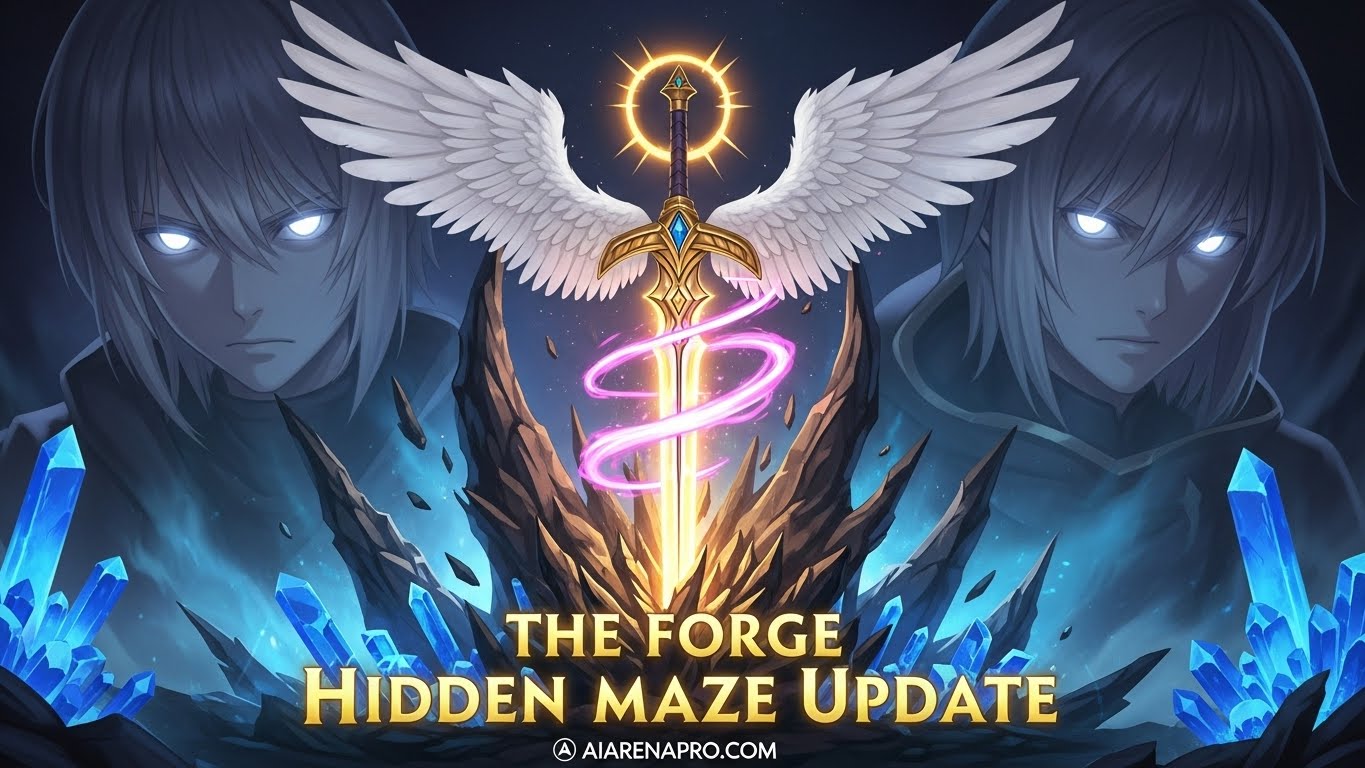
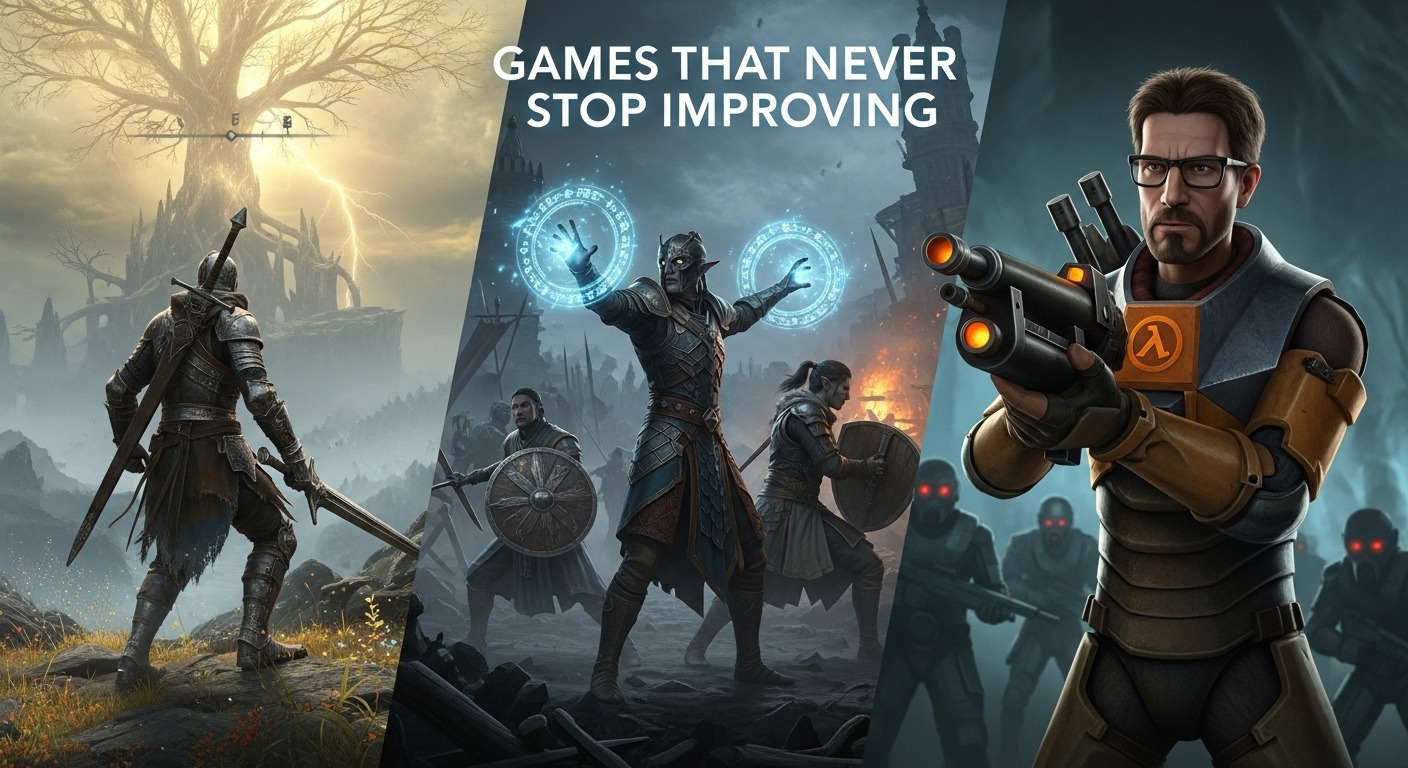
What defines a truly exceptional game? It’s not the explosive opening or flashy first impression it’s the rare ability to continuously improve throughout your entire playthrough, saving the absolute best moments for when you’re completely invested. These are games that understand something fundamental about player engagement: the most satisfying experiences are earned, not given.
After two decades of gaming across every genre imaginable, I’ve discovered that the most memorable titles follow a specific philosophy. They treat your time as an investment, rewarding patience and dedication with increasingly spectacular payoffs that make every previous hour feel like essential preparation for something greater.
| Game Category | Key Progression Type | Peak Experience |
|---|---|---|
| Action RPGs | Combat & Story | Final Boss/Ending |
| Story Driven | Narrative Complexity | Plot Revelations |
| Roguelikes | Mechanical Mastery | True Endings |
The difference between a good game and an unforgettable one often comes down to pacing. Most developers front load their best content, hoping to hook players immediately. The truly brilliant designers do the opposite they create experiences that grow more impressive with each passing hour.
Think of it like a great novel or film. The opening chapter draws you in, but the climax only resonates because of everything that came before. These games apply that same principle to interactive entertainment, creating crescendos of gameplay, narrative, and emotional investment that peak precisely when they matter most.
This approach requires tremendous confidence from developers. They’re essentially saying, “Trust us. The payoff is worth the journey.” When executed properly, this creates some of gaming’s most transcendent experiences.
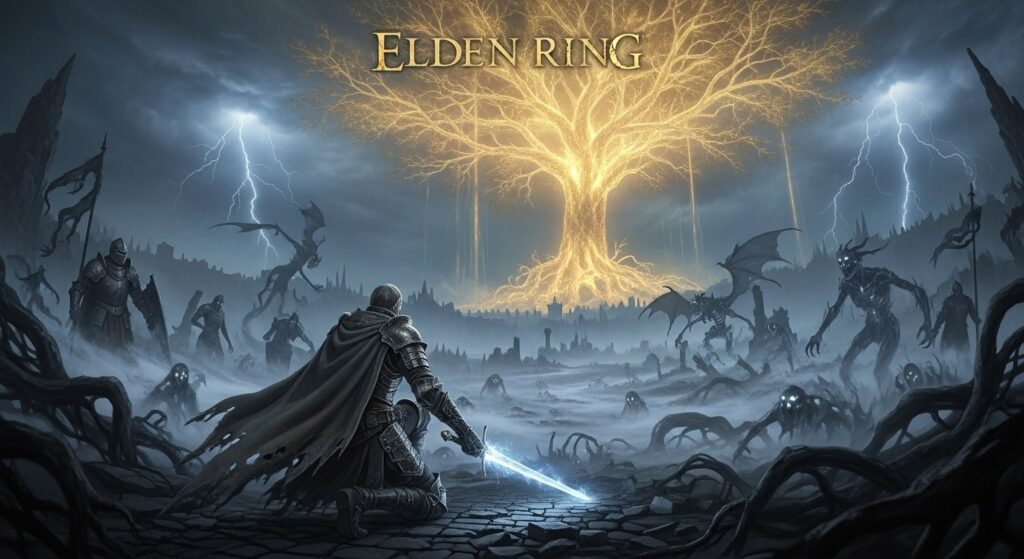
FromSoftware’s latest opus demonstrates why they’re the undisputed masters of progressive design. You begin as a pathetic wretch struggling against basic enemies, barely able to swing a sword without exhausting yourself. By the finale, you’re wielding cosmic forces against literal gods while riding spectral steeds through collapsing realities.
The genius lies in how multiple progression systems interweave. Character levels provide raw power, but the real growth comes through:
The journey from fumbling amateur to confident deity slayer represents everything great about progressive game design. Each region builds upon the last, introducing new challenges that require everything you’ve learned while teaching new lessons for what’s ahead.
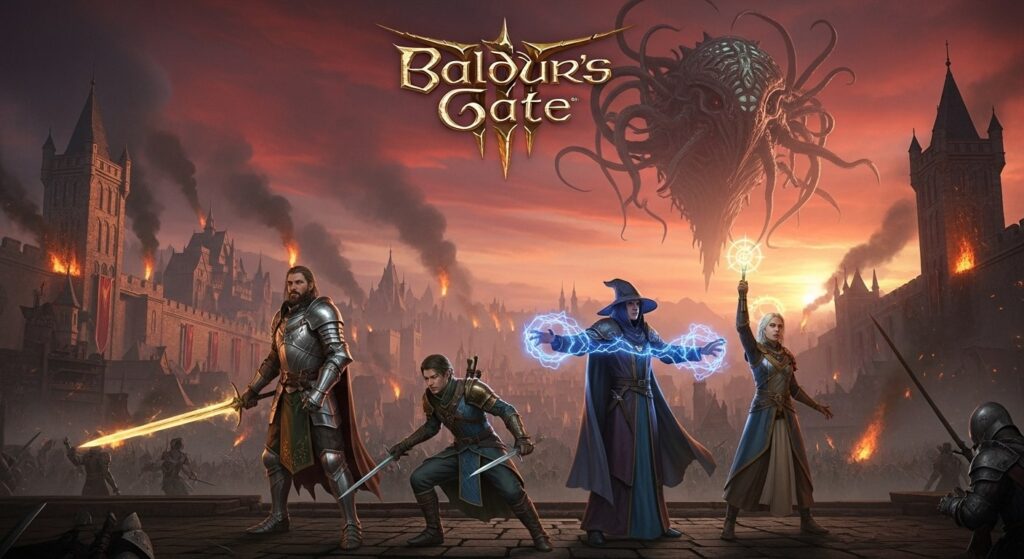
Larian Studios created something special with Baldur’s Gate 3 an RPG that reveals new depths long after you think you’ve seen everything. The early hours in the Emerald Grove feel expansive, but they’re merely an introduction to the staggering complexity that unfolds across three acts.
What starts as simple dice rolls and basic spells evolves into intricate character builds combining multiple classes, legendary items, and environmental interactions that create emergent storytelling. Your first character might be a straightforward Fighter, but by level 12, you’re orchestrating elaborate combat sequences that feel like directing a tactical symphony.
The progression encompasses:
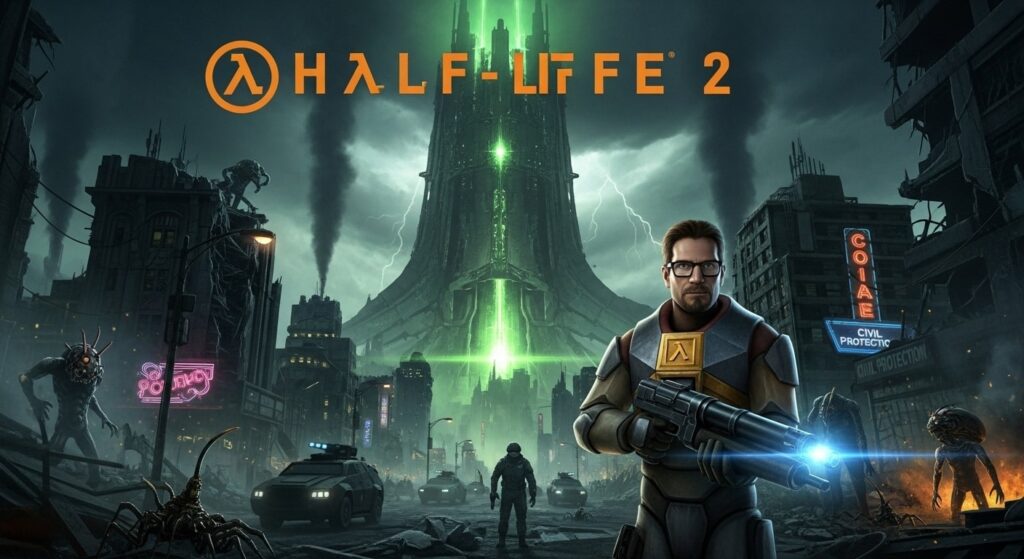
Two decades later, Valve’s masterpiece remains the gold standard for perfectly paced progression. You begin as a theoretical physicist armed with a crowbar, and end as a gravity manipulating force of nature wielding powers that feel genuinely otherworldly.
The gravity gun exemplifies brilliant progressive design. Introduced midway through as a tool for moving objects, it becomes your primary weapon in the climactic sequences. That moment in the Citadel when it becomes supercharged, capable of grabbing and hurling soldiers like ragdolls, remains one of gaming’s greatest power progression moments.
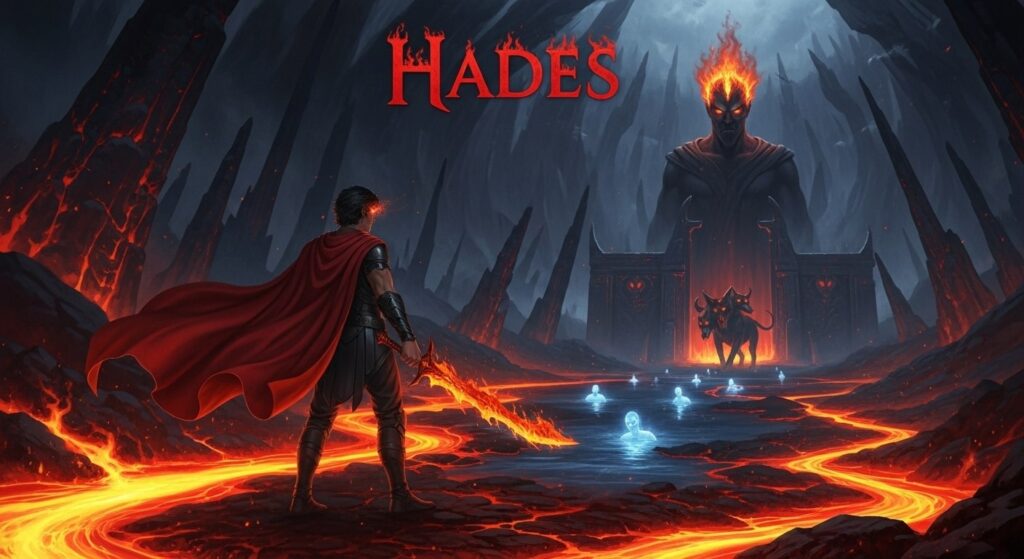
Supergiant Games achieved something remarkable a roguelike where every death feels like meaningful advancement. The genius isn’t just in the Mirror of Night upgrades or weapon aspects, but in how failure becomes the primary progression mechanic.
Each escape attempt teaches you something new about enemy patterns, room layouts, or boon synergies. By your 50th run, you’re effortlessly combining divine boons in ways that would have seemed impossible early on. The narrative structure brilliantly mirrors this mechanical progression, with story revelations that only emerge through repeated attempts.

Outer Wilds presents a unique form of progression where your character never grows stronger only you do. This knowledge based advancement creates one of gaming’s most satisfying learning curves.
Information discovered in one loop becomes the key to accessing new areas in the next. You progress from stumbling around basic flight controls to navigating complex quantum phenomena and calculating orbital trajectories instinctively. The final sequence, where everything you’ve learned culminates in a race against cosmic forces, provides an unmatched sense of earned achievement.

Celeste transforms failure into fuel for improvement. Your first death occurs within seconds, but by the endgame, you’re performing aerial acrobatics that seemed physically impossible at the start.
The game introduces mechanics gradually dash, wall jump, dream blocks then combines them in increasingly elaborate sequences. Chapter 9’s Farewell content demands precision that would have been unthinkable in earlier levels. The parallel between mechanical mastery and the protagonist’s emotional journey creates a perfectly unified experience.
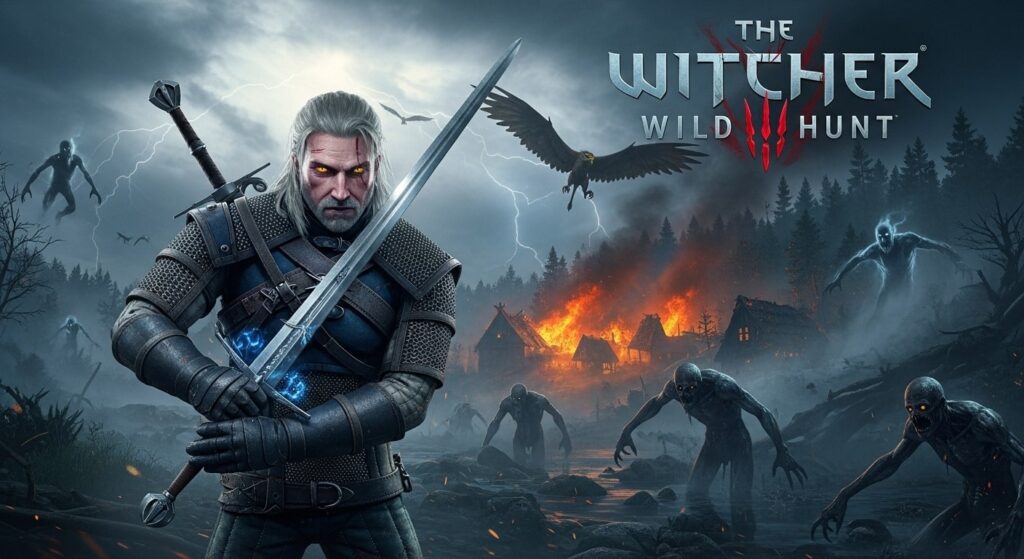
CD Projekt RED’s epic spans a character transformation from competent monster hunter to world shaping legend. The progression isn’t just in Geralt’s abilities, but in the weight of your decisions and the complexity of the political landscape you navigate.
Early encounters with simple drowners give way to battles with legendary creatures while wielding grandmaster equipment and mutations that fundamentally alter combat. The DLCs continue this progression beautifully, adding new layers just when you think you’ve mastered everything.
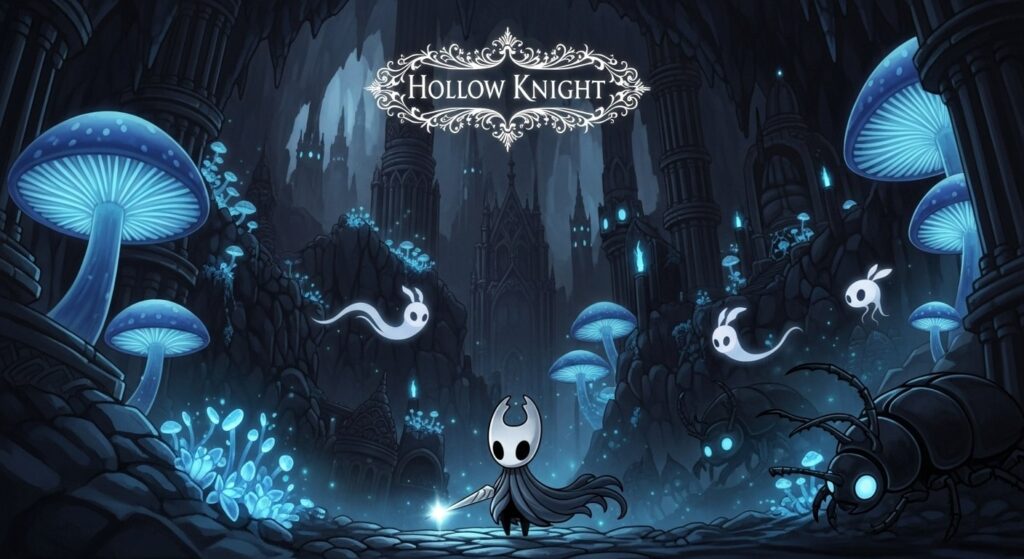
Team Cherry created a masterpiece of interconnected progression. You begin as a tiny bug with a simple nail and basic jumping ability. The transformation into a dash slashing, spell weaving force capable of challenging gods feels entirely earned through exploration and skill development.
The charm system creates meaningful build choices, while movement abilities completely transform both exploration and combat. When you finally attempt the Path of Pain or Pantheon of Hallownest, you’re using skills that would have been incomprehensible at the start.
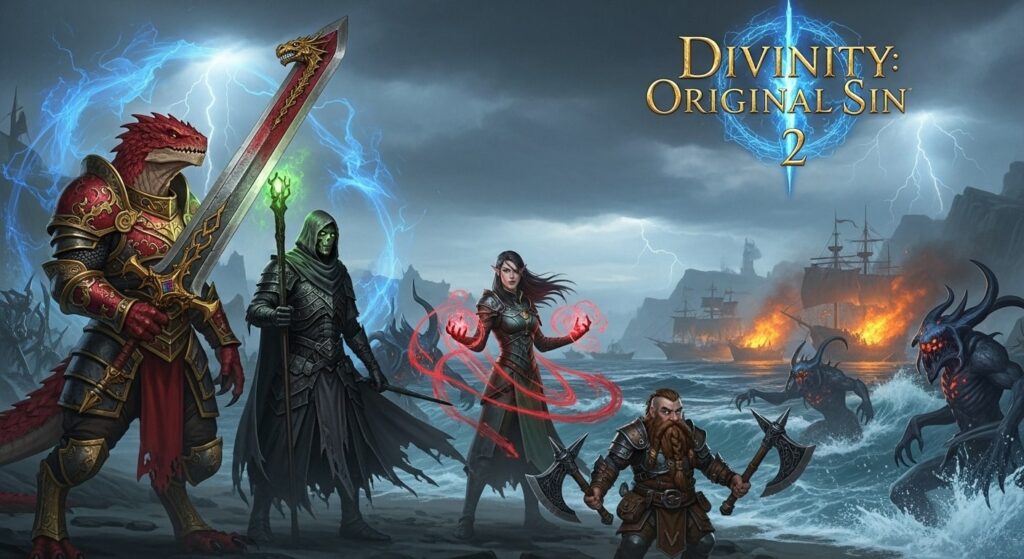
Larian’s tactical RPG begins with simple combat encounters and evolves into reality warping battles where environmental manipulation becomes as important as raw damage. The progression from basic sword and spell combat to elaborate chain reactions involving teleported oil barrels, summoned creatures, and source magic creates some of gaming’s most satisfying tactical moments.
By the final act, you’re orchestrating battlefield spanning combinations that would make master tacticians weep with joy.
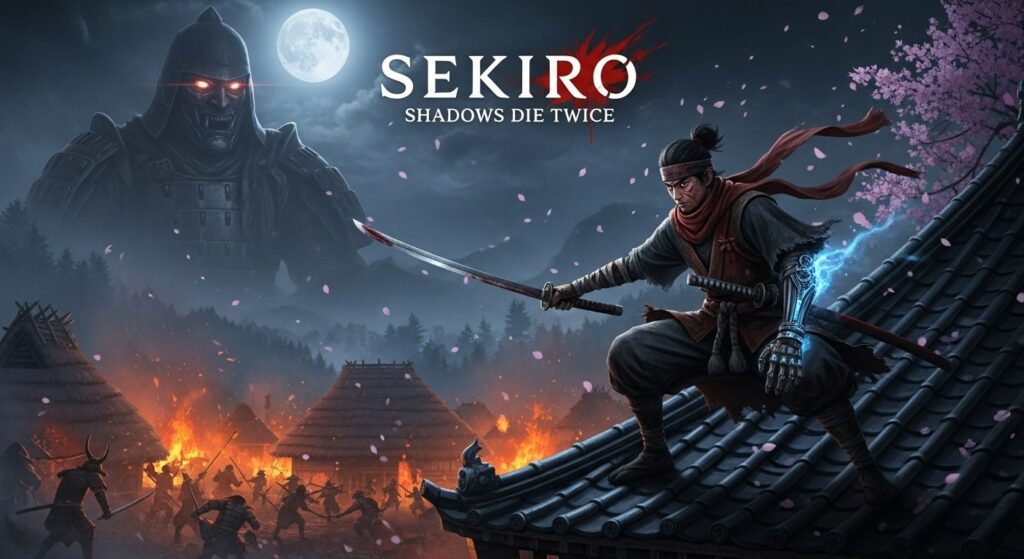
FromSoftware forced players to abandon everything Dark Souls taught them, creating a uniquely challenging progression curve. The early hours can feel brutal as you unlearn defensive habits and embrace aggressive deflection timing.
The moment when Sekiro’s combat “clicks” represents one of gaming’s great epiphanies. Suddenly, you’re deflecting lightning bolts while seamlessly transitioning between prosthetic tools and combat arts. The transformation from confused souls veteran to confident shinobi feels genuinely transformative.

Unknown Worlds created a progression from desperate surface survival to confident deep sea exploration. Your first hour involves panicked searches for basic resources while avoiding anything that looks threatening. The endgame finds you piloting massive submarines to the deepest trenches, treating former threats as minor inconveniences.
Each depth tier requires new technology, which enables access to new resources, which unlock even deeper exploration. The gradual shift from prey to predator creates a uniquely satisfying progression arc.
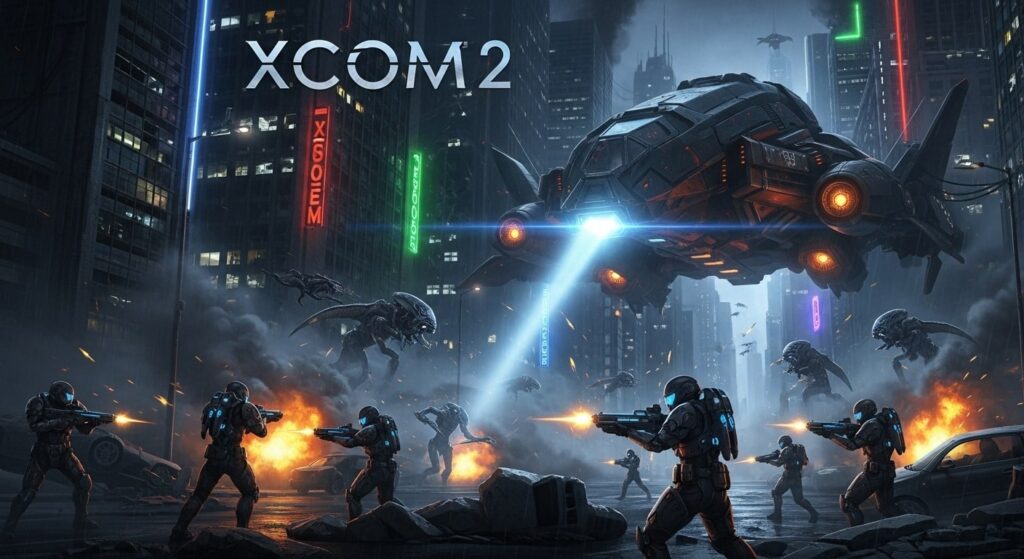
Firaxis crafted a progression from scrappy resistance fighters to elite tactical operators. Early missions feel desperate, where losing a single soldier can derail entire campaigns. Late game operations involve coordinated strikes by psychic colonels wielding plasma weapons against alien strongholds.
The progression encompasses equipment, soldier abilities, strategic options, and most importantly, your own tactical understanding. Your final squad feels like a superhero team compared to the rookies you started with.
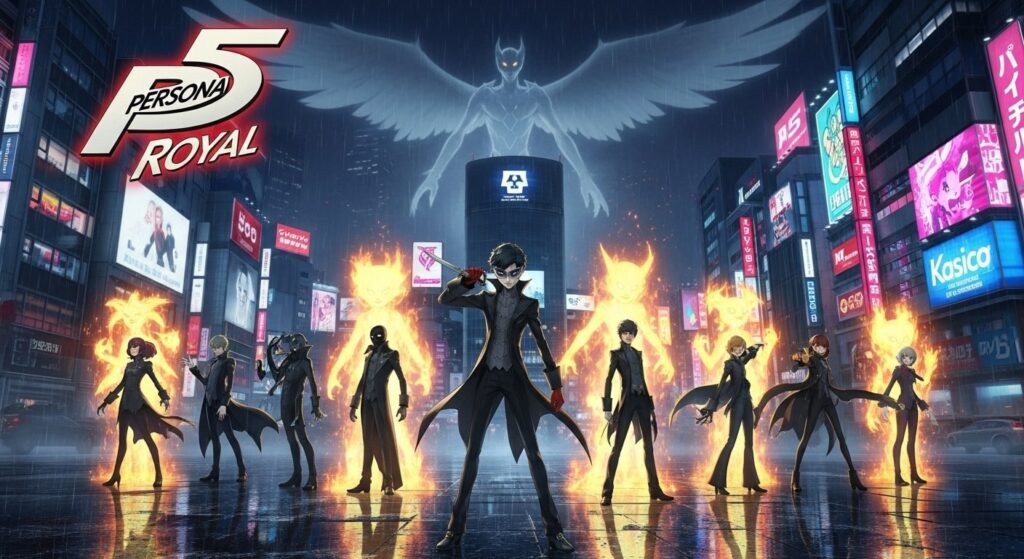
Atlus created dual progression systems that mirror each other perfectly. Social link management and Persona fusion both start simple and evolve into complex optimization puzzles that reward deep understanding.
Early Persona fusions feel random, but by endgame, you’re calculating inheritance chains to create perfectly optimized demons with specific skill combinations. The Royal content adds another progression layer just when you think you’ve mastered every system.
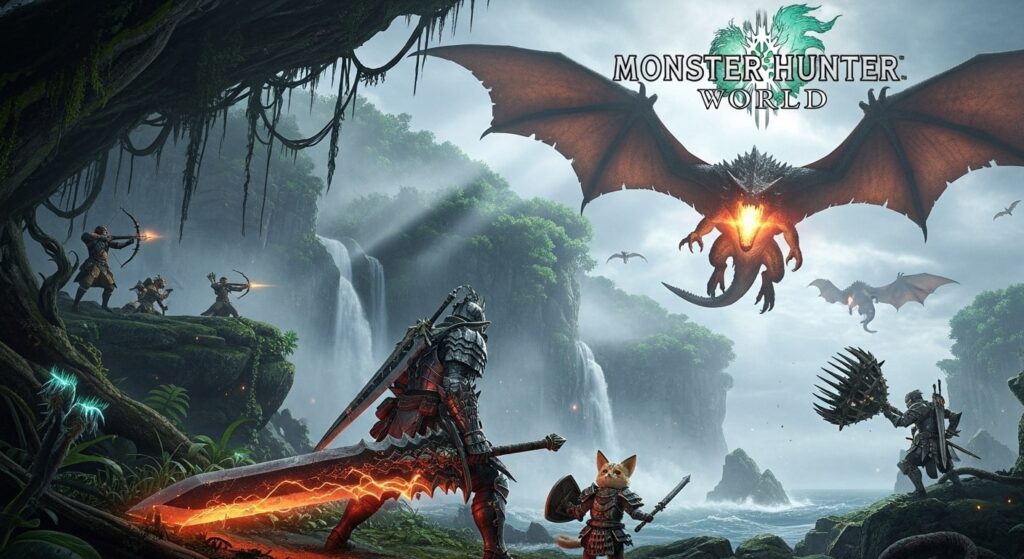
Capcom’s hunting opus transforms you from cautious newcomer taking 30 minutes to kill basic monsters into an apex predator capable of stylishly dispatching Elder Dragons. The progression comes through understanding learning monster patterns, mastering weapon movesets, and optimizing equipment builds.
Each hunt teaches something new about positioning, timing, or strategy. The high rank and master rank transitions add complexity layers that completely transform familiar encounters.
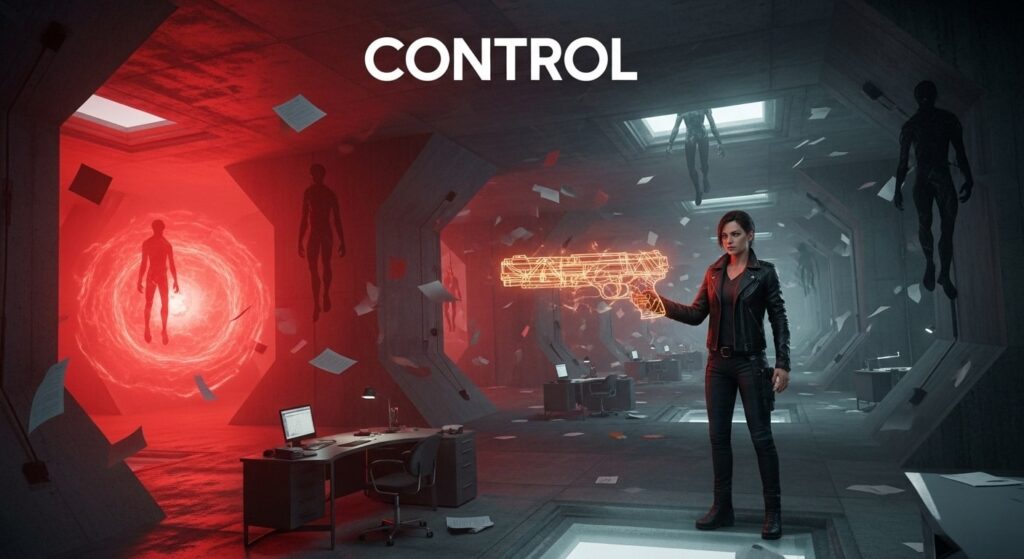
Remedy’s supernatural thriller begins with Jesse wielding a basic service weapon and ends with her as a reality bending force of nature. The ability progression feels genuinely empowering as telekinetic throws evolve into room clearing demonstrations of paranormal mastery.
The Ashtray Maze sequence, where all your abilities combine with incredible music and visual design, represents a perfect crystallization of progressive game design.
After analyzing these exceptional games, several key principles emerge:
The best progressive games introduce simple mechanics early, then combine them in unexpected ways. It’s not about overwhelming players with options, but creating synergies that reward experimentation and mastery.
Great progression amplifies both scope and personal investment simultaneously. Saving the world only matters if you care about it, and these games make you care through gradual emotional investment.
The most satisfying progression acknowledges player improvement, not just character advancement. When games demand increasing precision while providing tools to achieve it, they create genuine feelings of growth and mastery.
Notice how these games’ environments become increasingly alien and spectacular? This visual progression mirrors your character’s journey from ordinary to extraordinary, reinforcing the sense of advancement through every aspect of the experience.
Understanding progressive excellence requires examining what doesn’t work. Common problems include:
These failures highlight why progressive design is so difficult. It requires restraint, confidence, and deep understanding of player psychology.
Modern games can continue improving through updates and expansions. Ongoing development benefits everyone new players get refined experiences while veterans receive reasons to return.
This creates a virtuous cycle where community feedback helps developers perfect the progression curve even after release.
Start with Baldur’s Gate 3 or Divinity: Original Sin 2. These offer the most dramatic character progression from humble beginnings to godlike power.
Sekiro or Elden Ring provide the most satisfying skill based progression. The journey from fumbling with basics to performing flawless executions is unmatched.
Outer Wilds and Control offer narrative progression that continuously re context ualizes your understanding. Every revelation enhances rather than diminishes what came before.
Hades and Hollow Knight provide progression systems extending far beyond the credits. True mastery requires hundreds of hours of progressively challenging content.
What distinguishes “progressively better” from just having a good ending?
Progressive excellence makes every hour better than the last. It’s not about a single great moment, but sustained improvement throughout the entire experience.
How long should I invest before judging if a game gets better?
Generally 3-5 hours, though some require more patience. Complex RPGs might need 10+ hours to fully reveal their systems.
Are these games more difficult than average?
They require more investment to appreciate fully. The difficulty often comes from complexity rather than pure challenge, rewarding understanding over reflexes.
Can I enjoy these without finishing them?
Yes, but you’ll miss the payoff that makes them special. These games are specifically designed so that completion elevates everything that came before.
Looking ahead, the industry is learning that player retention comes from sustained excellence rather than explosive openings. Upcoming titles increasingly embrace progressive complexity over front loaded spectacle.
These 15 games represent gaming at its absolute finest experiences that respect your time investment by continuously improving until the final moments and beyond. They prove that gaming’s greatest experiences aren’t instant gratification, but earned triumphs that feel genuinely transformative.
The next time you’re choosing what to play, consider these progressively excellent titles. Yes, they require patience. Yes, some have learning curves. But the payoff those transcendent moments when everything clicks and you realize you’re experiencing something truly special makes every minute worthwhile.
In an era of countless games competing for attention, these titles stand apart by understanding a fundamental truth: the best gaming experiences aren’t about starting strong they’re about finishing even stronger. They don’t just entertain; they transform you into a better player along the way.

